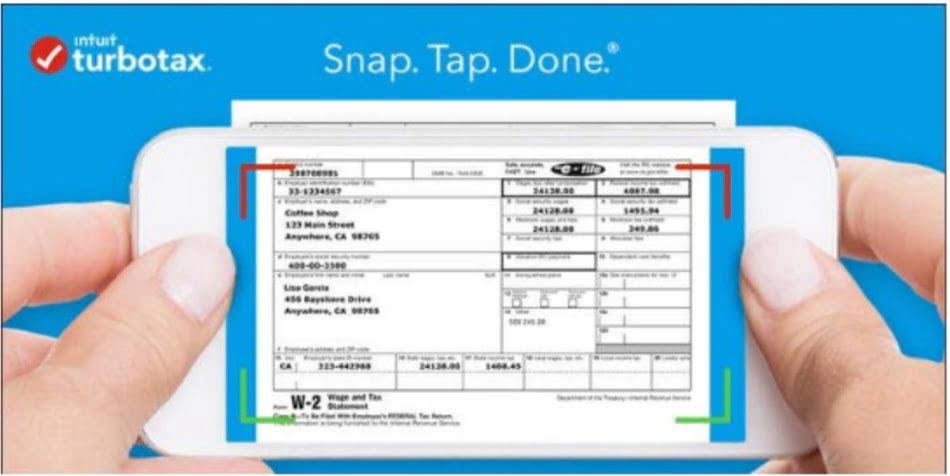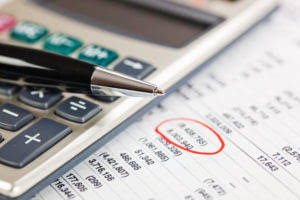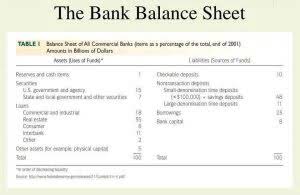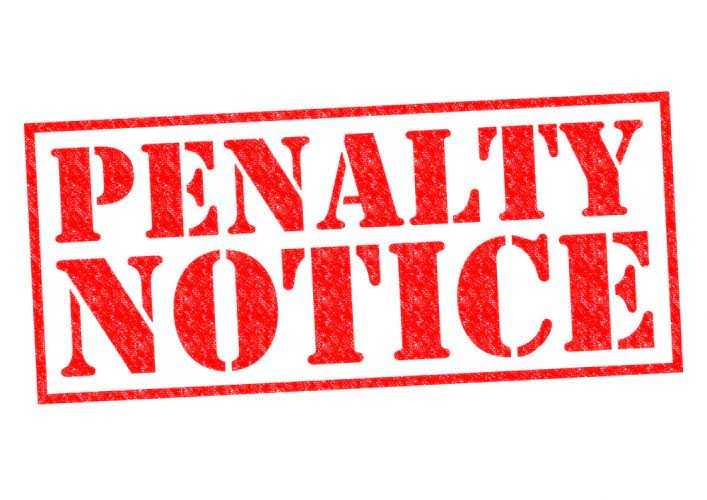
Some industries also have standardized percentages for salvage value based on asset type and lifespan. When companies buy assets like equipment or vehicles, they expect these items to lose value over time due to wear and tear. Salvage value helps determine the asset’s depreciation—how much its value drops each year—so that businesses can properly track expenses. The tool’s simplicity makes it accessible for both individuals and business professionals, providing quick and accurate estimations for various financial scenarios. Residual value is what an asset is expected to be worth at the end of its use. People and businesses use it when they buy equipment, lease property, or plan ahead.
- In some cases, salvage value may just be a value the company believes it can obtain by selling a depreciated, inoperable asset for parts.
- If your insurance company told you they use 80%, you would multiply that by the $7,000 obtained earlier to get a salvage value of $5,600.
- The calculation typically involves analyzing historical data, market trends, and expert appraisals.
- Constant use and other factors like the nature and quality of these assets cause a continual deterioration.
- After your assets like machinery have run their course and are no longer useful, it’s best to sell them.
- This could be the current age of the asset or a future point at which you want to calculate its salvage value.
2.1.4 Useful lives of defensive intangible assets
In the first field labeled “Original Price ($),” enter the initial cost of the asset when it was purchased or acquired. It represents the amount that a company expects to receive for selling or disposing of an asset after it has been fully depreciated. Residual value has several applications in finance, salvage value accounting, leasing and investment analysis. Businesses and individuals use it to make decisions regarding asset management, cost recovery and long-term financial planning.
Best Practices for Accurate Salvage Value Assessment

The second field is for the “Annual Depreciation Rate (%).” This is the percentage by which the asset’s value decreases each year. Different assets have Catch Up Bookkeeping different depreciation rates based on their expected lifespan and usage. For instance, if your asset depreciates by 10% each year, enter 10 in this field.
Residual Value Explained, With Calculation and Examples
- It’s worth comparing quotes from several yards to make a confident decision and maximize the potential profit.
- Residual value is what an asset is expected to be worth at the end of its use.
- Companies can also get an appraisal of the asset by reaching out to an independent, third-party appraiser.
- This concept is crucial in accounting and financial planning, as it affects depreciation calculations and the overall valuation of a company’s assets.
- By considering multiple perspectives and using accurate estimates, businesses can optimize their asset lifecycle management.
- It’s a critical component in calculating depreciation and can significantly impact financial statements and tax calculations.
- It depends upon the vehicle, its damages and how much it is worth in its current state after it’s determined a total loss.
Learn how to calculate Z spread in finance with our step-by-step guide, covering credit spreads, bond valuation, and risk management strategies. Breaking it down, the depreciation percentage is divided by 100, then multiplied by the original price and asset age. Calculating the salvage value can help you determine the return on investment of an asset. In some cases, depreciation can be ignored if the asset is not a significant contributor to the company’s overall expenses. Assets that are still in high demand and have a long remaining useful life may not require depreciation consideration.

Knowing what changes residual value can help you choose better lease terms, plan for asset replacements and estimate tax deductions more accurately. Understanding salvage value is essential for businesses as it influences asset depreciation, impacting financial statements and tax obligations. This concept helps companies plan for the end of an asset’s cash flow useful life by estimating its residual worth, aiding in asset management and disposal decisions. If your client’s businesses have any fixed assets, determining the salvage value of those assets is important later when calculating depreciation. Though there is no precise formula for calculating an asset’s salvage value, two methods are commonly used in practice.
- Salvage value is the monetary value obtained for a fixed or long-term asset at the end of its useful life, minus depreciation.
- If the asset is sold for less than its book value then the difference in cost will be recorded as the loss of the tax values.
- As the name suggests, the salvage value of assets refers to their final value after they have depreciated over time.
- Essentially, it’s the bottom line value—an asset’s last hurrah before it bids adieu to the balance sheet.
Theoretical vs. Market Salvage Value
For instance, a vehicle’s salvage value might decrease if newer models with better fuel efficiency become available. Staying informed about industry trends and market dynamics is crucial for accurate salvage value estimation. It uses the straight-line percentage on the remaining value of the asset, which results in a larger depreciation expense in the earlier years.
Depreciation of a Machine

There are no guarantees that working with an adviser will yield positive returns. The existence of a fiduciary duty does not prevent the rise of potential conflicts of interest. This often involves dismantling and disposal costs, which can be offset by recycling or repurposing components. Determining the salvage value of an asset requires an understanding of various financial and market factors. Suppose a company spent $1 million purchasing machinery and tools, which are expected to be useful for five years and then be sold for $200k. Each year, the depreciation expense is $10,000 and four years have passed, so the accumulated depreciation to date is $40,000.
Straight-Line Depreciation and Salvage Value
This means that of the $250,000 the company paid, the company expects to recover $40,000 at the end of the useful life. Now, you are ready to record a depreciation journal entry towards the end of the accounting period. Once you know the salvage value, you may go ahead to calculate depreciation. The salvage or the scrap value is estimated when the useful life of an asset is over and can’t be used for its original purpose. Businesses use this concept in various industries, from transportation to manufacturing and real estate. If we imagine that this value would be nil, there would be no chance of any reduction in depreciation.

What Is the Loss for Tax Value?
That means they might be willing to settle for a higher value or at a lower percentage than normal. Net Present Value (NPV) and Internal Rate of Return (IRR) are common investment appraisal techniques that rely on salvage value. These methods assess the profitability and efficiency of capital investments.
